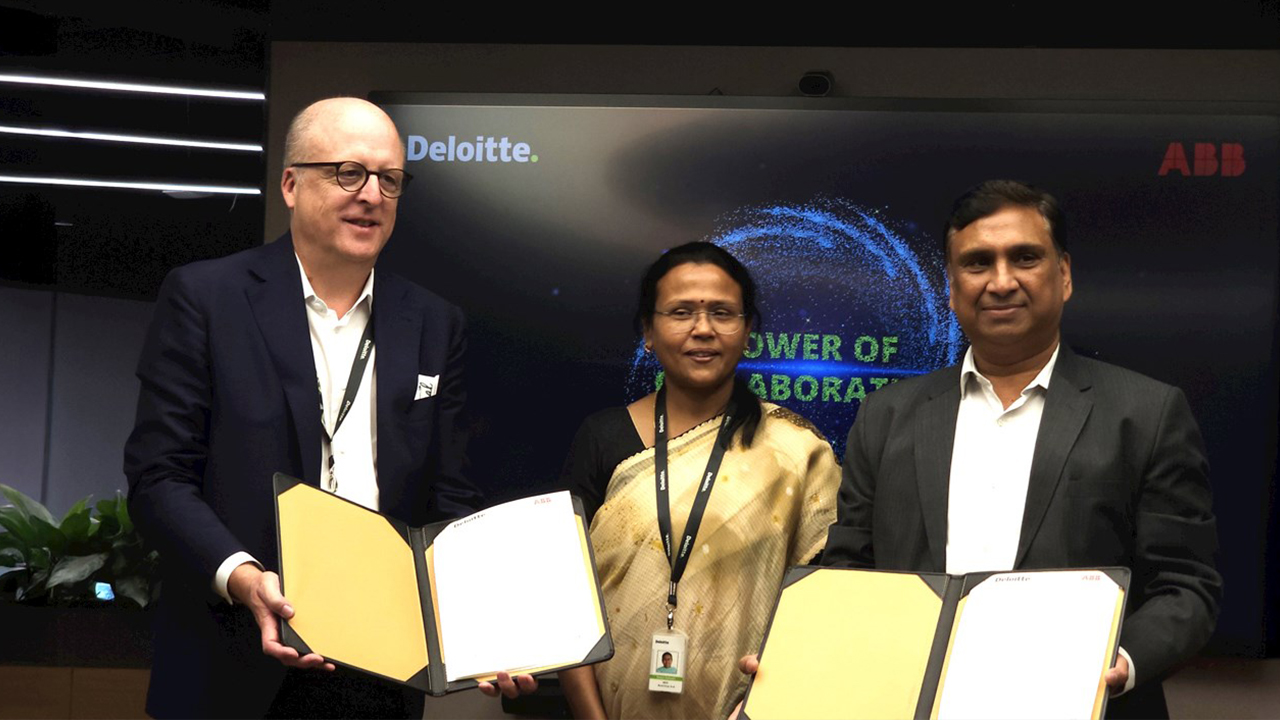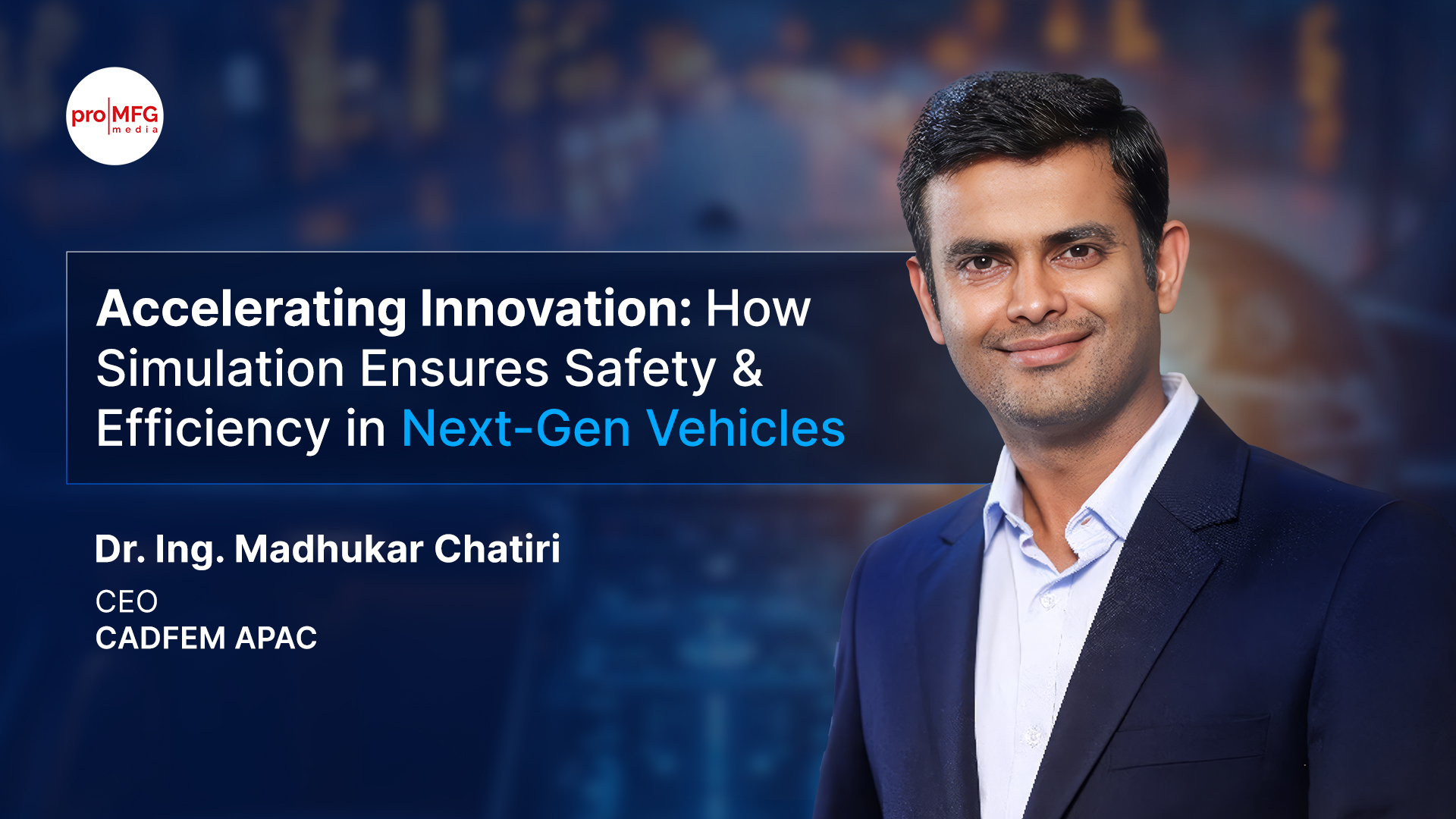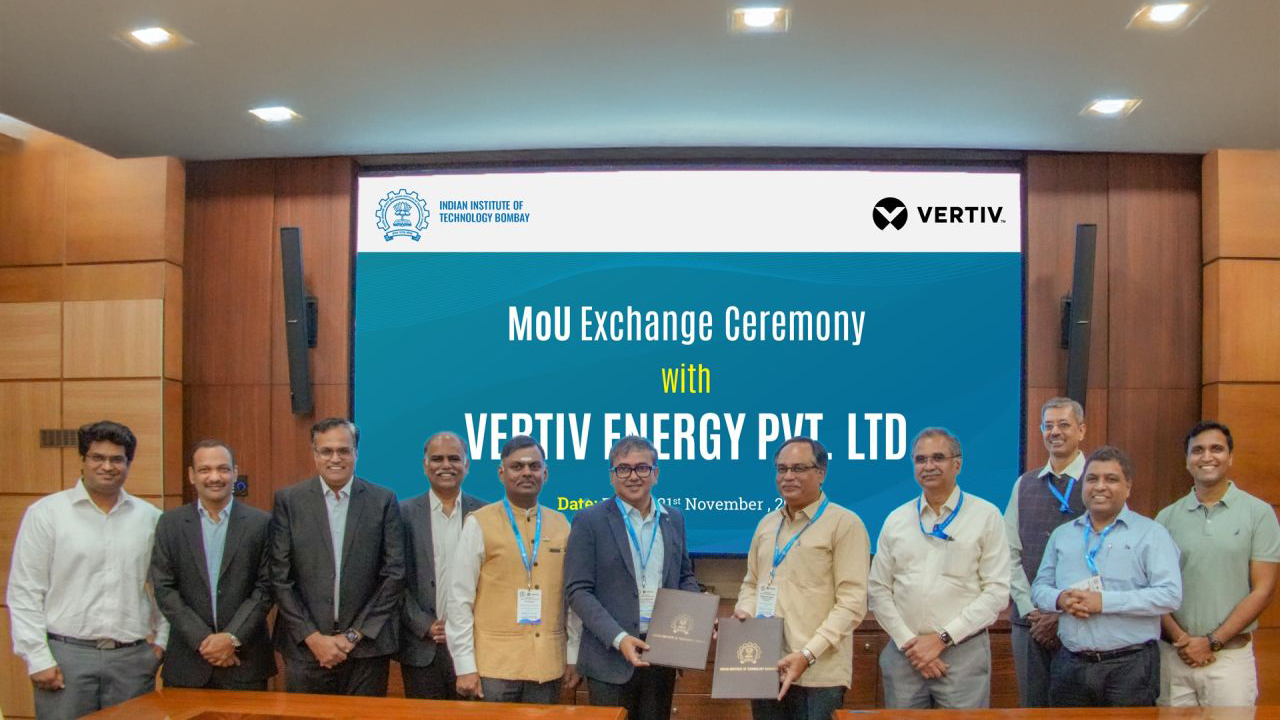Abhinav Sengupta, a MBA in Energy & Infrastructure with B.Tech in Mining has over a decade of rich experience in Mining, Energy & Infrastructure sector and has acquired strong industry exposure in areas of Transaction Advisory (Strategic/ Risk/ PPP), Business Valuation, Digitization/IT Integration, Techno-Economic Studies, and Strategic procurement. He is currently working with one of the Big 4 consulting firms.
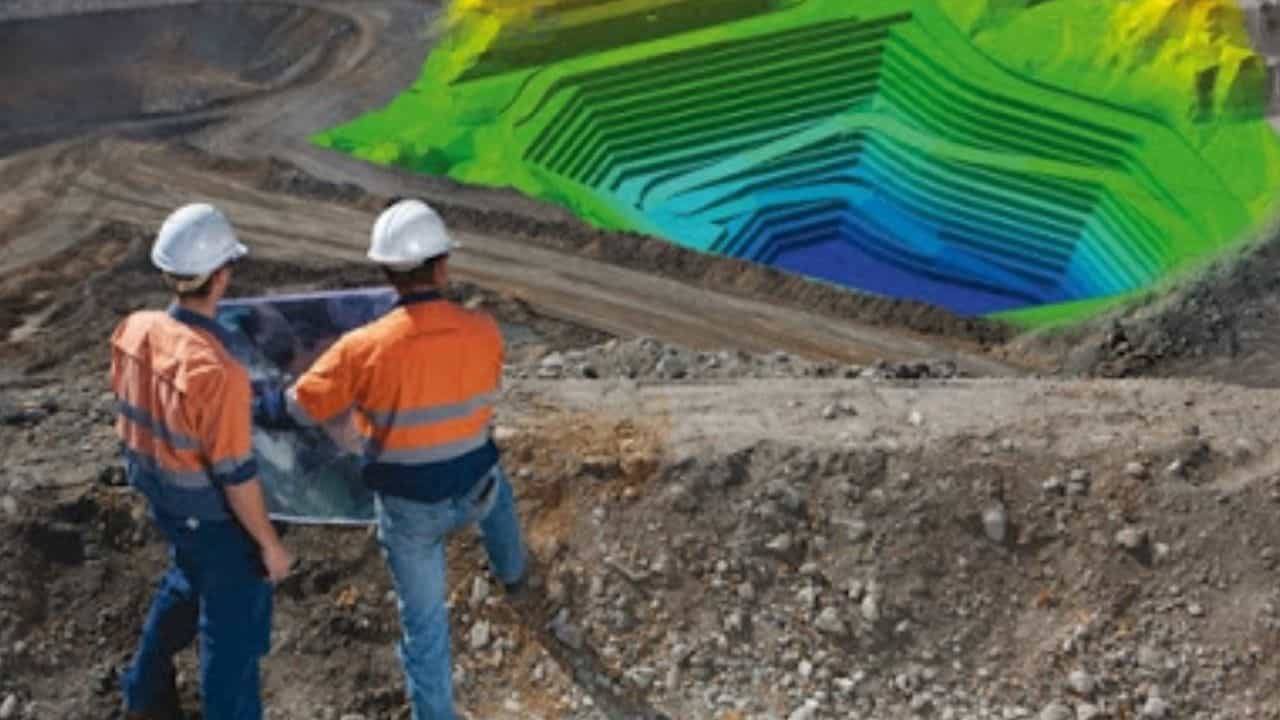
The current practices or processes involved in the conventional mine planning includes Minex and SURPAC, whereas OGL Survey, Typography survey and Land & Forest Survey are the Mine scheduling processes. Throughout the lifecycle of planning and scheduling, engineers encounter several challenges. Some of these challenges are as follows:
● Lack of methodology for real time site survey
● Manual intervention in data transfer & planning
● No Real time visualization of mine progress
● No in pit QC monitoring on real time basis
As a consequence of the above challenges, the industry incurs multiple losses of value, financially and otherwise, such as higher survey time, higher manpower cost, compromised safety of the people involved and higher turnaround time for capturing the data.
The advent of Industry 4.0 has been a complete gamechanger for the mining industry. The technology and advanced infrastructure that it offers enhances the overall efficiency of the planning and scheduling in multiple ways than one, such as:
Drone based Mine Aerial Survey makes the stockpile management, quarry monitoring operations, area assessment – before and after drilling or blasting, mining exploration, survey of difficult geographical terrain much simpler.
Minex/SURPAC Integration with ERP delivers efficiency and accuracy through ease-of-use, powerful 3D graphics and workflow automation that can integrated with the company-specific processes and data flows.
Image Processing & Volume measurement technology gives real time 3D volumetric assessment of mined out area, measurement of ultimate working depth, geo-mining parameters like lead & lift for mine operational aspects.
AI and VR Real-time Visualization can help bring mine plans to life by using 3D computer-aided design (CAD) models, simulation techniques, and VR hardware, especially in UG metal mines
Following could be the potential benefits of Industry 4.0 for the mining industry:
● 3D visualization of mine
● Reduced field time & survey costs
● Mapping inaccessible areas
● In pit quality checks
● Holistic mine scheduling
● Lower Turnaround Time
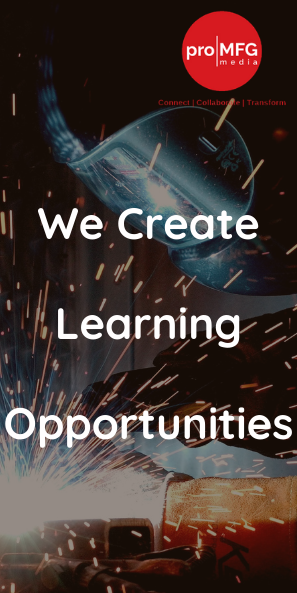
NEWSLETTER
TRENDING ON PRO MFG
MORE FROM THE SECTION





